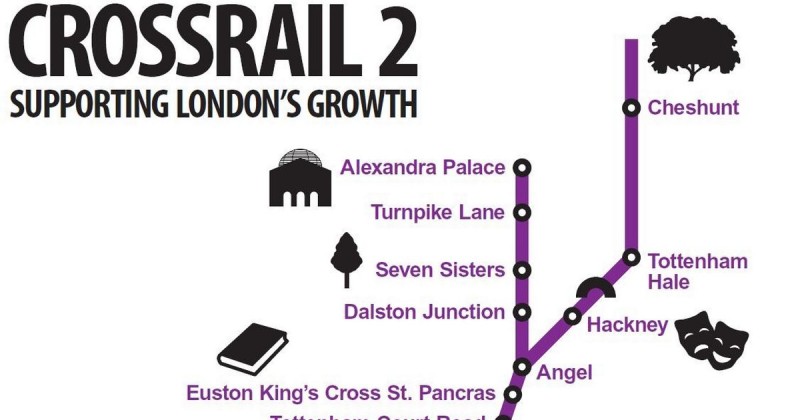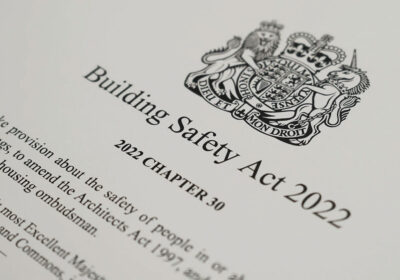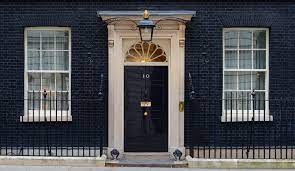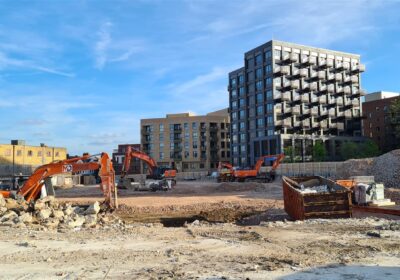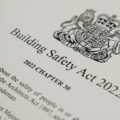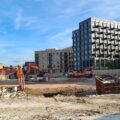With the Mayoral Election less than a week away, it’s remarkable how the topic of infrastructure has barely been mentioned. Not too long ago, this would have been a key issue for candidates. Now, ambitious projects such as the Bakerloo line extension, West London Orbital DLR and Crossrail 2 are on the shelf. The best we seem to be able to manage is a new bus loop.
It is a sobering reality that political leaders, not just in London but throughout England have accepted our diminished capability to deliver on large-scale projects. Much has been said about HS2 in the last year, but what about Crossrail 2. The challenge of bridging the north-south divide in London has been a thorn in the side of policymakers since as far back as 1901. Considering it currently takes an hour and 40 minutes to travel from southwest London (Teddington) to Northeast London (Hackney) – longer than Brussels to Paris – it’s no surprise that policy makers have identified it as an important infrastructure investment.
Crossrail 2 as we know it today has been on the public’s mind since 2010. Construction was originally planned to begin in 2020 with the line expected to be operational by 2029/30. However, the escalating costs and delays have seen the project sidelined by TfL and probable future Chancellor Reeves isn’t making any guarantees.
The likely loss of Crossrail 2 is also a blow to London’s housing delivery. Initial projections estimated that the project would unlock 200,000 new homes along its route and was integral to several major regeneration projects across London, including Meridian Water.
To facilitate these homes and the necessary rail improvements, large areas of London land are protected from any development. These sites, many prime for new homes and close to public transport links have largely been earmarked and allocated for housing by local authorities but cannot come forward due to safeguarding restrictions.
According to Pocket research, there are over 20,000 homes allocated for housing by Local Authorities or put up for sale in the last decade that are stalled due to these restrictions. Pocket analysis reveals that currently, over 200 acres of allocated land is restricted due to these safeguarding measures. To put it into perspective, that’s equivalent to 300 Olympic-sized swimming pools.
London’s polity is waking up. Interactions with various Local Authority leaders suggest that patience is wearing thin with these restrictions. In the midst of a housing crisis in London it’s now time for the next Mayor of London to be bold – use it or lose it I say. Passive preservation benefits no one and is a lose lose for all involved.

